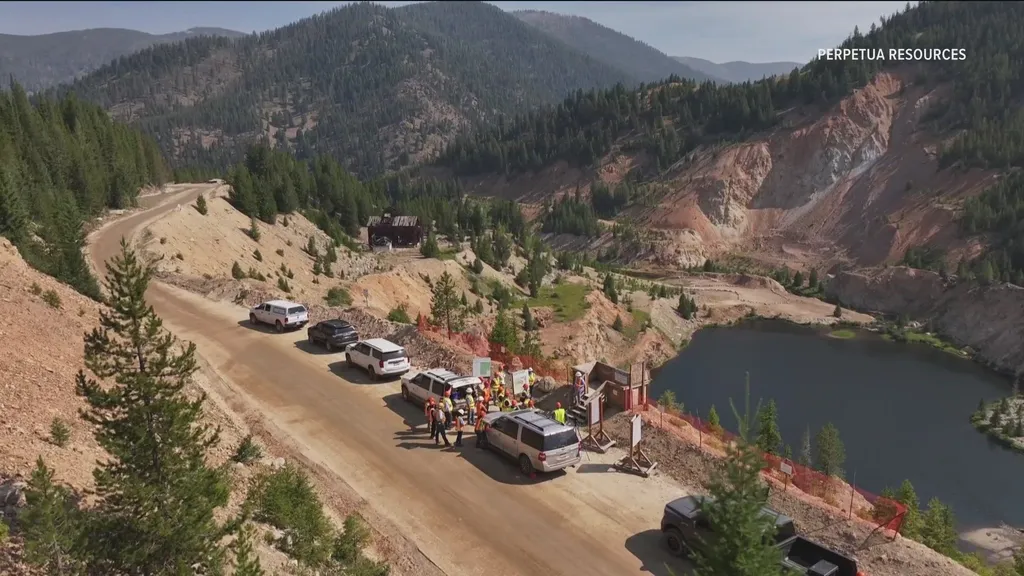In the heart of Idaho, a remote location marked by a pile of rocks has become the epicenter of a significant development in the mining industry. The Stibnite Gold Project, inaugurated with much fanfare, is not just about gold but about a critical mineral: antimony. This mineral, essential for manufacturing bullets, flame retardants, night vision goggles, and even nuclear weapons, played a pivotal role in World War II and is now crucial for national defense and emerging technologies.
The Stibnite Gold Project, a $2 billion venture by Perpetua Resources, is poised to create jobs and contribute significantly to the U.S. supply of antimony. The project’s expedited permitting process, facilitated by the U.S. Forest Service, underscores the urgency and importance of securing domestic sources of critical minerals. The International Energy Agency’s forecast of a tripling demand for critical elements used in clean energy by 2040 further emphasizes the strategic importance of such projects.
However, the project is not without controversy. The Nez Perce Tribe has filed lawsuits, claiming that mining activities will devastate their way of life, clear vast acres of vegetation, and pollute water sources with harmful substances like arsenic, manganese, and mercury. This raises critical questions about balancing economic development with environmental and cultural preservation.
The Stibnite Gold Project aligns with the U.S. government’s strategy to fortify domestic supply chains for critical minerals. The Defense Production Act has played a significant role, with the Department of Defense awarding Perpetua Resources around $80 million, including $59 million from the Defense Production Act. This investment underscores the military’s interest in securing a stable supply of antimony for national defense.
The project’s historical significance is not lost on the local community. Deb Filler, a local resident and member of the Stibnite Advisory Council, recalls her grandfather working at the site for a modest wage. The Stibnite Mining District, largely abandoned after the 1950s, is now poised for a revival. Perpetua Resources has already invested over $20 million in improving water quality and cleaning up legacy waste, demonstrating a commitment to environmental stewardship.
The Stibnite Gold Project is a microcosm of the broader challenges and opportunities facing the mining industry. It highlights the need for expedited permitting processes to meet critical mineral demands while addressing environmental and cultural concerns. The project’s success could set a precedent for future mining ventures, balancing economic growth with sustainability and community well-being.
As the Stibnite Gold Project moves forward, it will be closely watched by industry stakeholders, environmental groups, and local communities. The outcomes will shape the future of critical mineral mining in the U.S., influencing policy, technology, and community engagement. The project’s journey from a pile of rocks to a strategic asset underscores the complex interplay of economic, environmental, and social factors in the mining industry.

